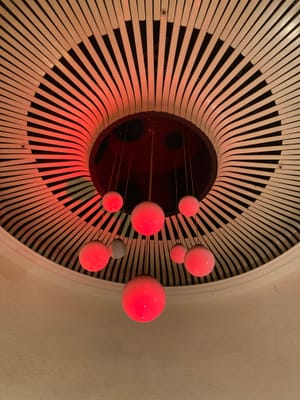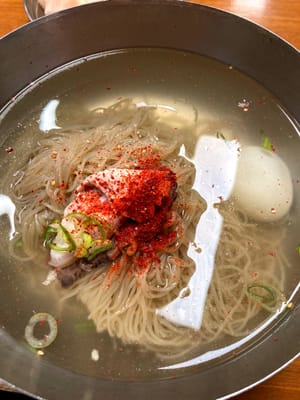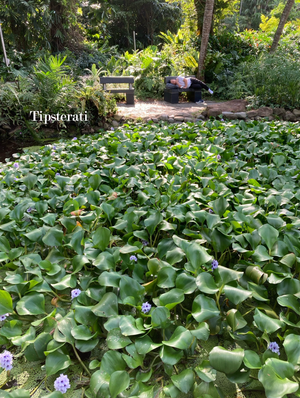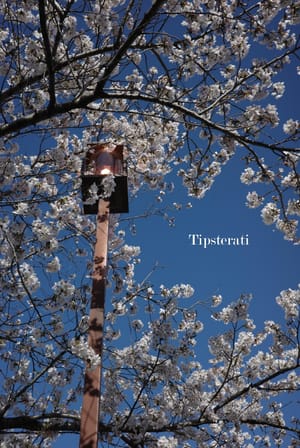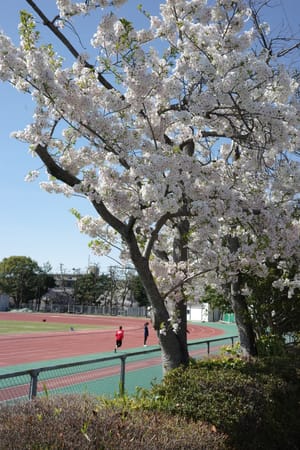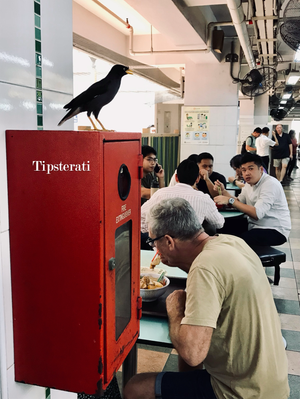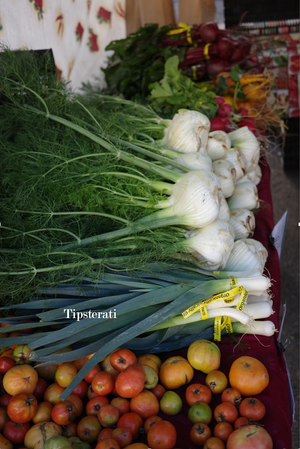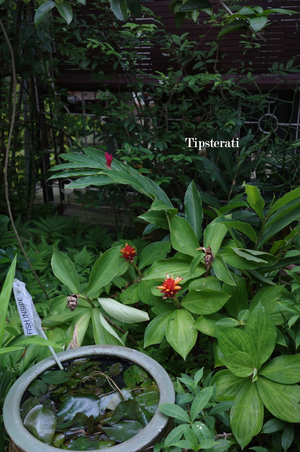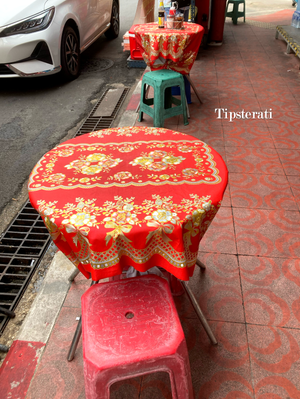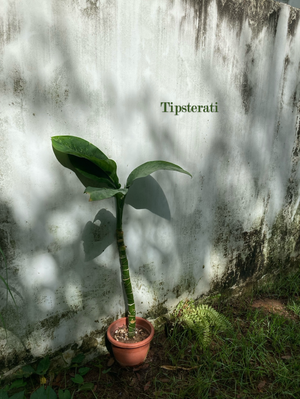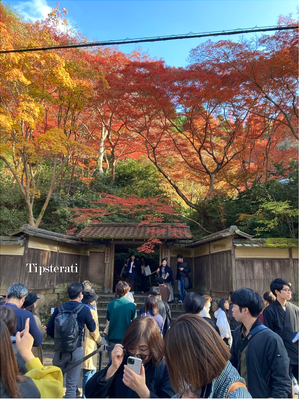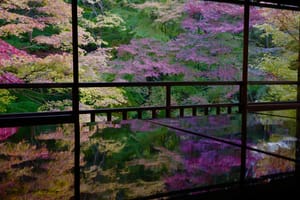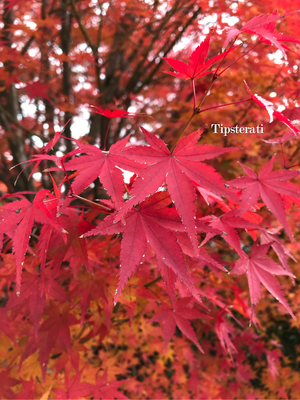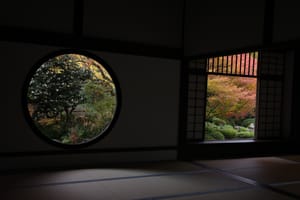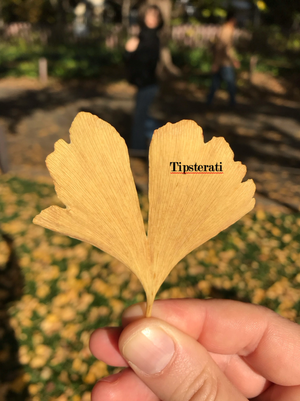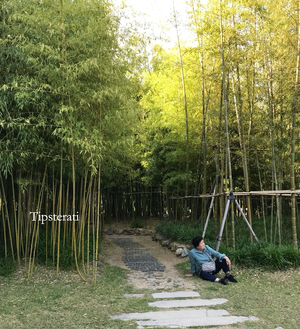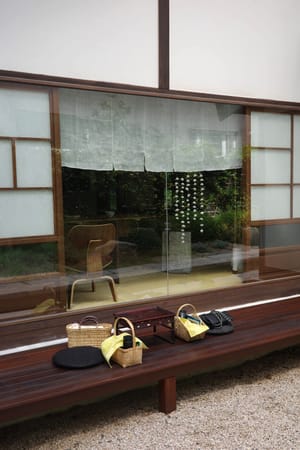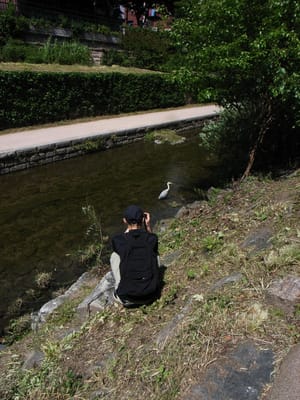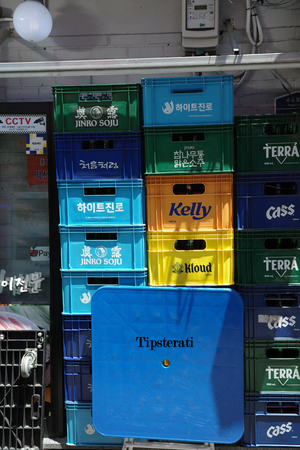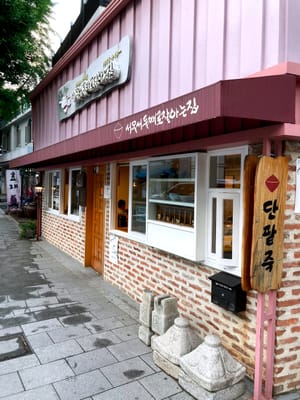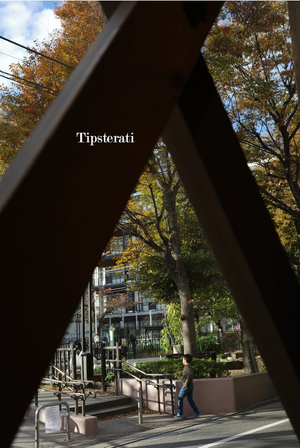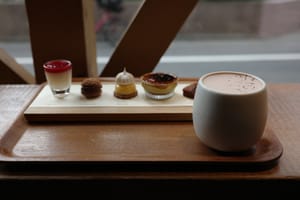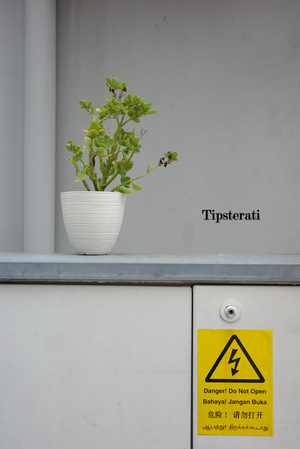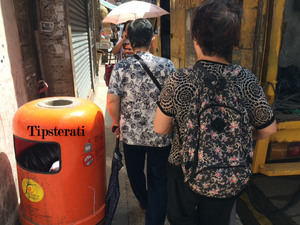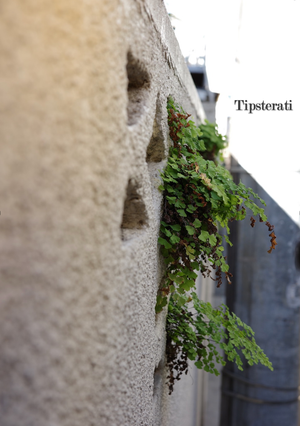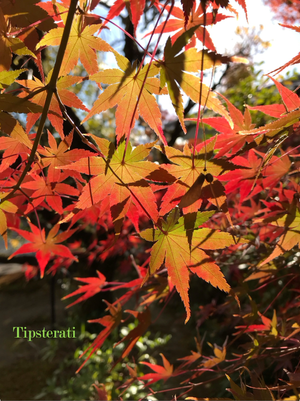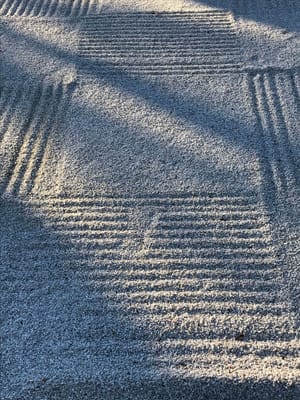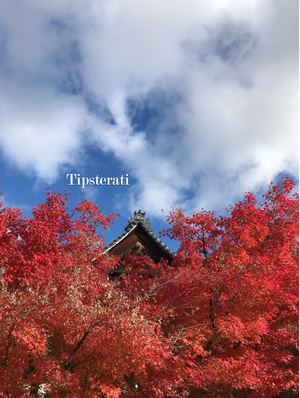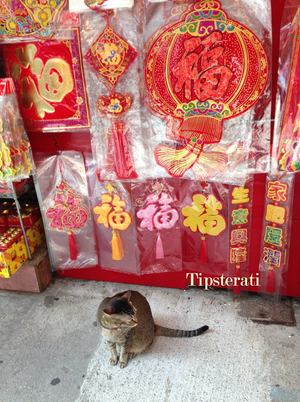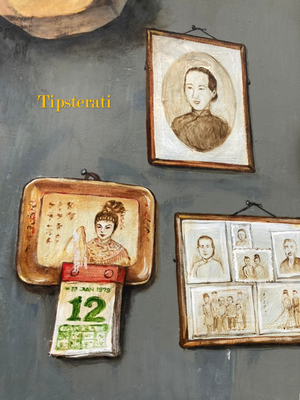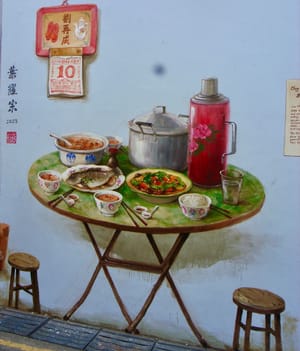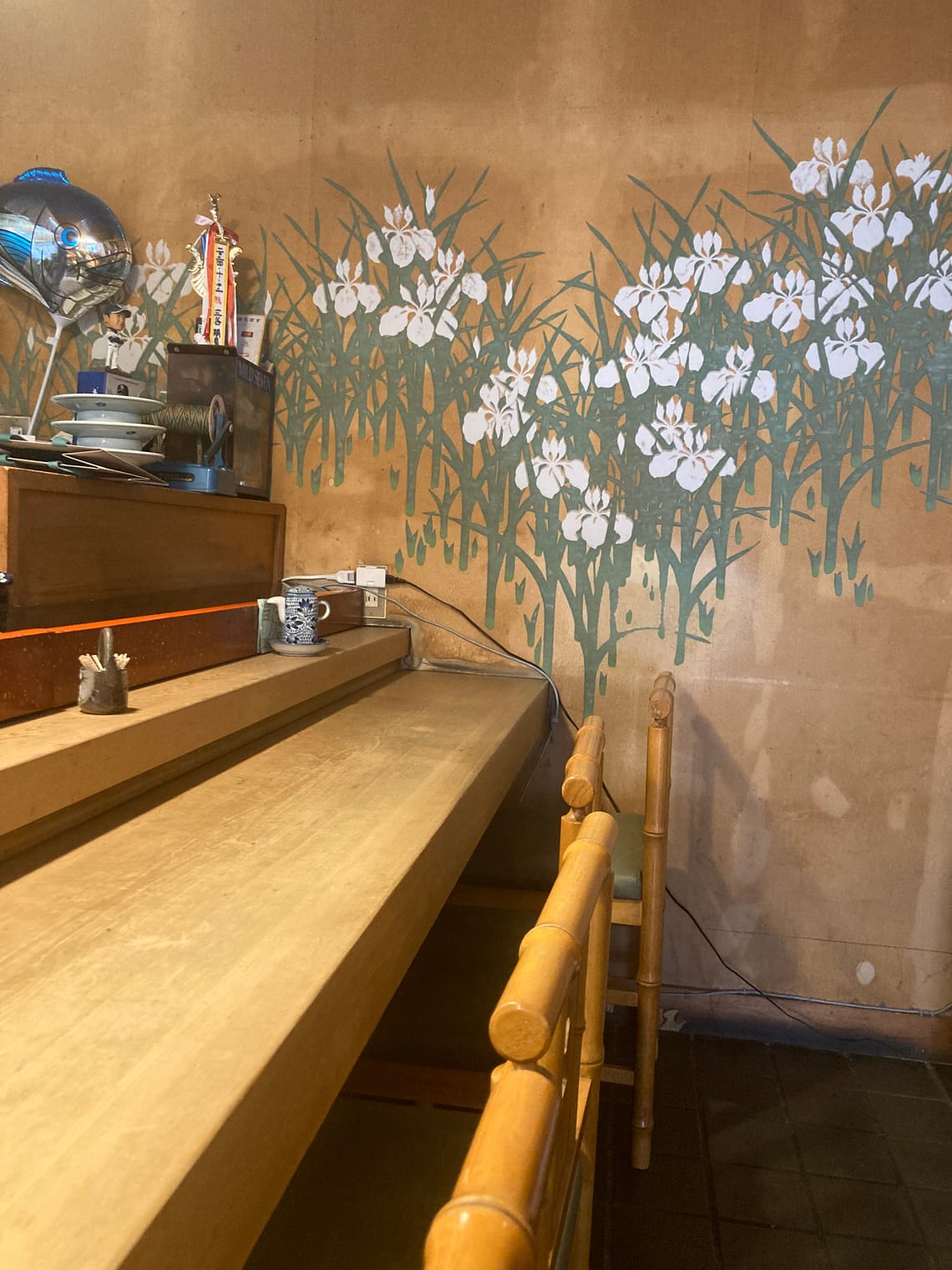
Retro Eateries in Japan
I
We stumbled upon this small sushiya when our initial lunch plan fell through. Japan is the land of small businesses and this means that neighbourhood restaurants are subject to arbitrary closures. Opening hours posted on Google maps and websites are not to be fully trusted. As a result, we were left scrambling to find another option and this old-school sushi place was where we ended up.
To be honest, it was a slightly lacklustre meal and I have since forgotten the name of the restaurant. A couple in their 60s ran it and when we slid open the door, the wife, who had been reading a newspaper at the sushi counter, sprang to her feet to usher us in. A tall man hurriedly emerged from the back kitchen to greet us. We were their only customers for the day.
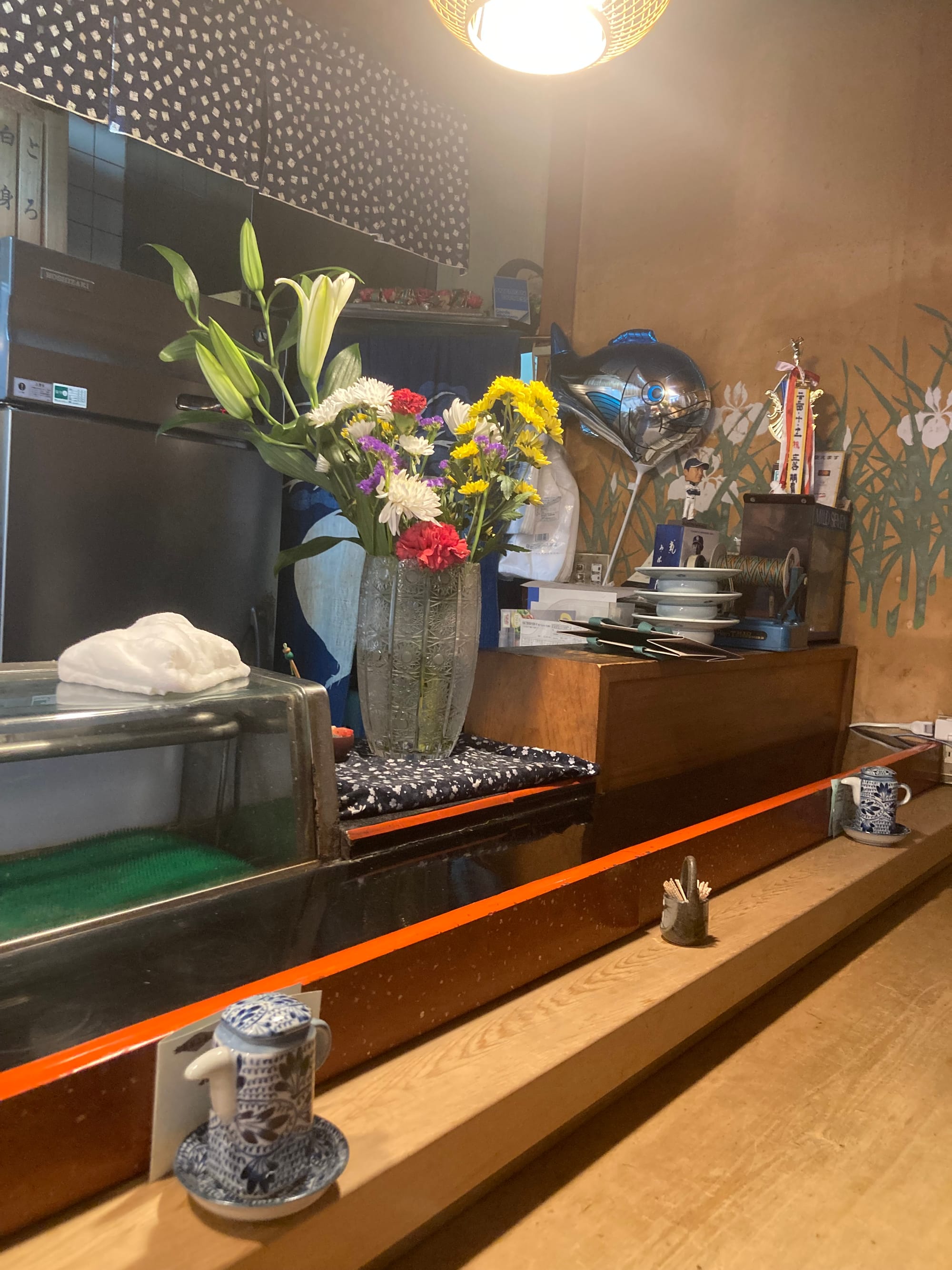
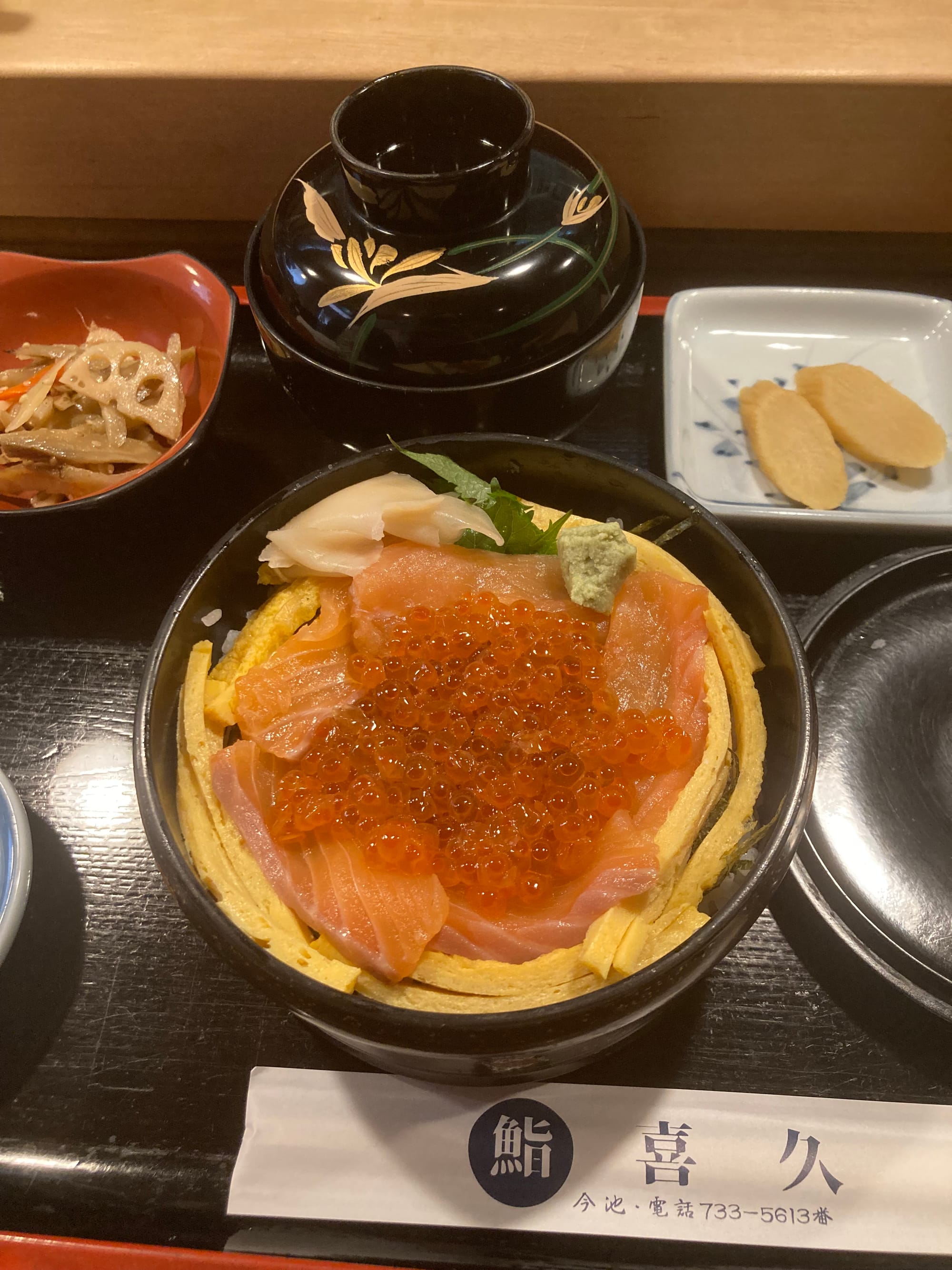
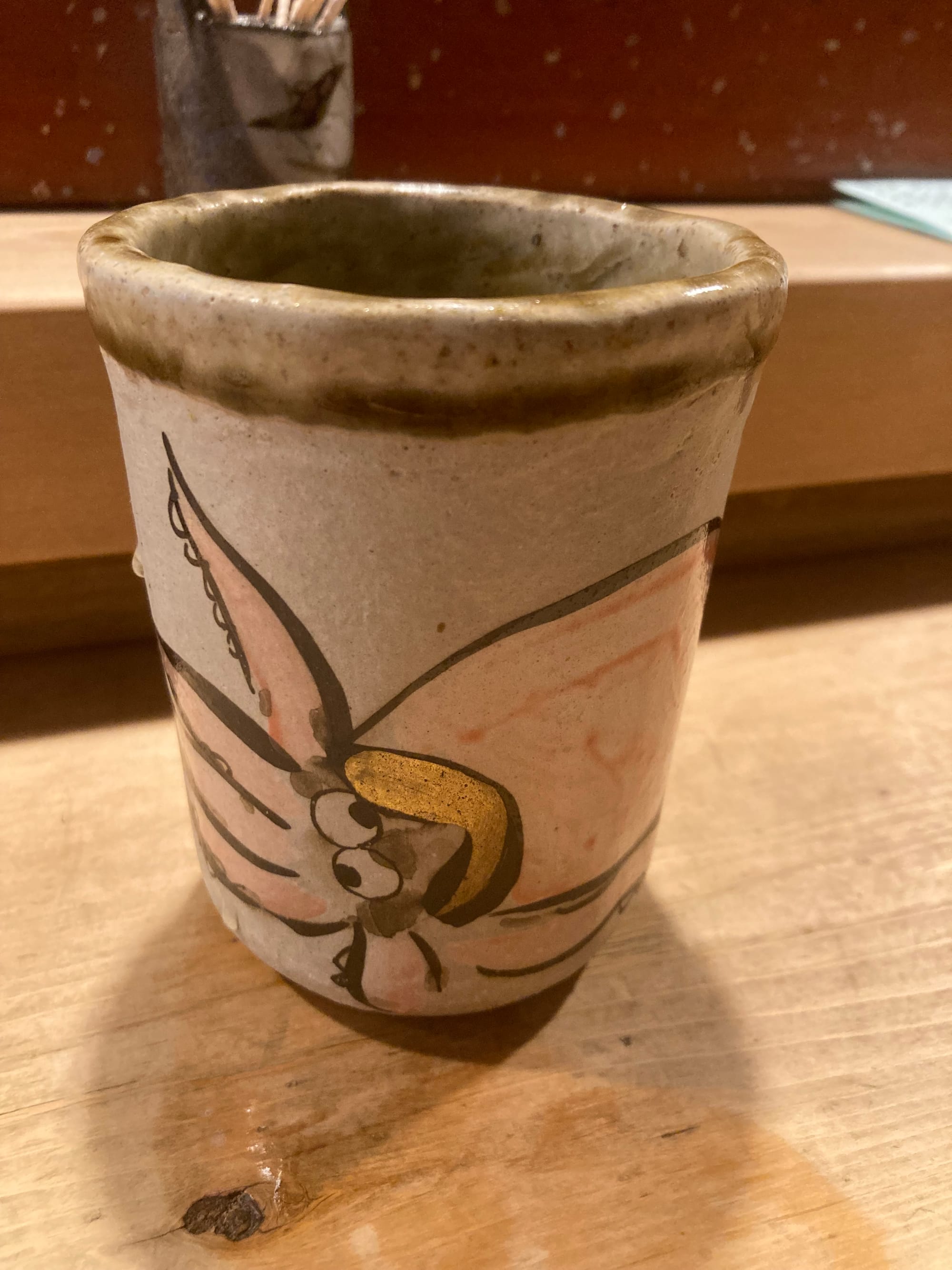
©Wendy Gan 2025
The sushiya felt old and lived in. There were traces of the chef’s partiality for the local baseball team, and the serving trays and lacquerware were haphazardly stacked on shelves. Still, care had been taken in the quirky choice of tea cups and the interior decor, and the couple served us our sushi dons with a flourish, sweeping into the dining room to place a tray each before us. This was a place of work, a livelihood for this couple, but it also seemed to be their home. We ate quietly, feeling as if we were trespassing.
II
The Frying Pan has the look of an old American diner, but it serves a distinctive cuisine: ‘Western’ food as imagined by the Japanese. Salad, pasta, hamburg steak with a demi-glace—these do not raise any eyebrows. But doria and omelette rice (better known as omu-rice): what might these be? This is where a creative fusion has taken place. Rice, the main staple of the Japanese, replaces bread or pasta and voila! You have doria: a baked rice casserole with tomato sauce and cheese, instead of a lasagna. A breakfast omelette, when served on top of flavoured rice and covered in a hearty meat sauce one might expect on spaghetti, is transformed into omu-rice.
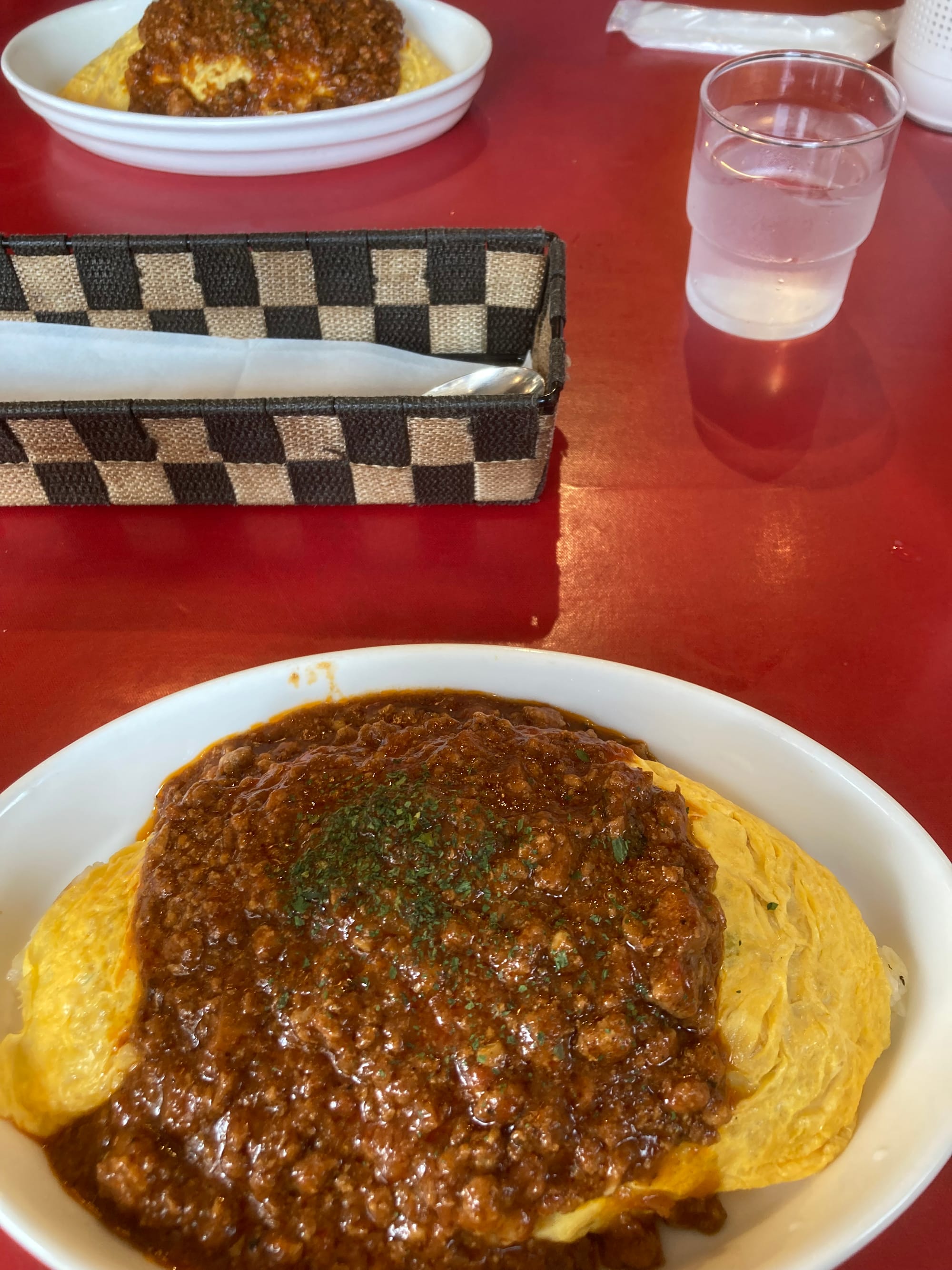
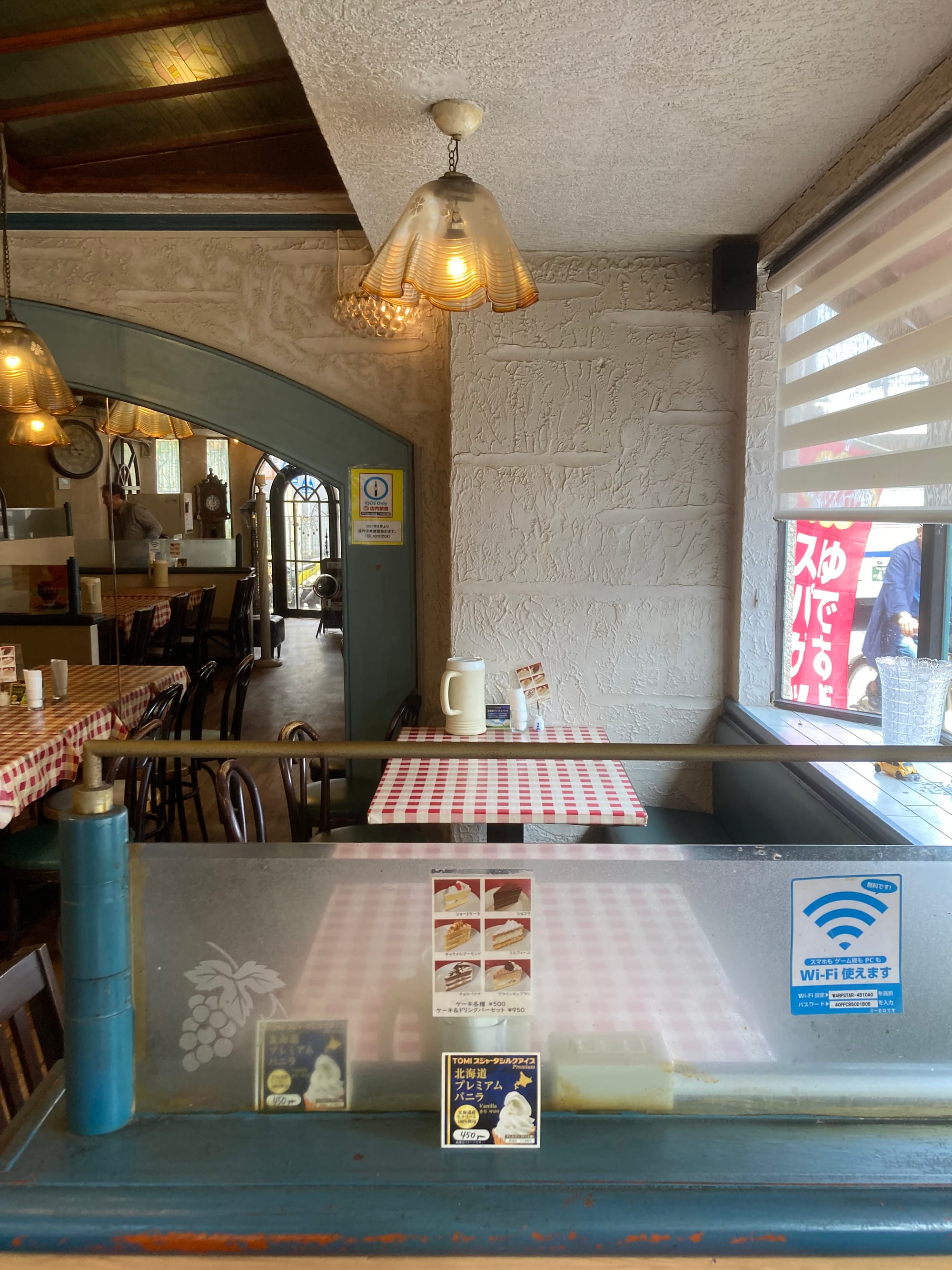
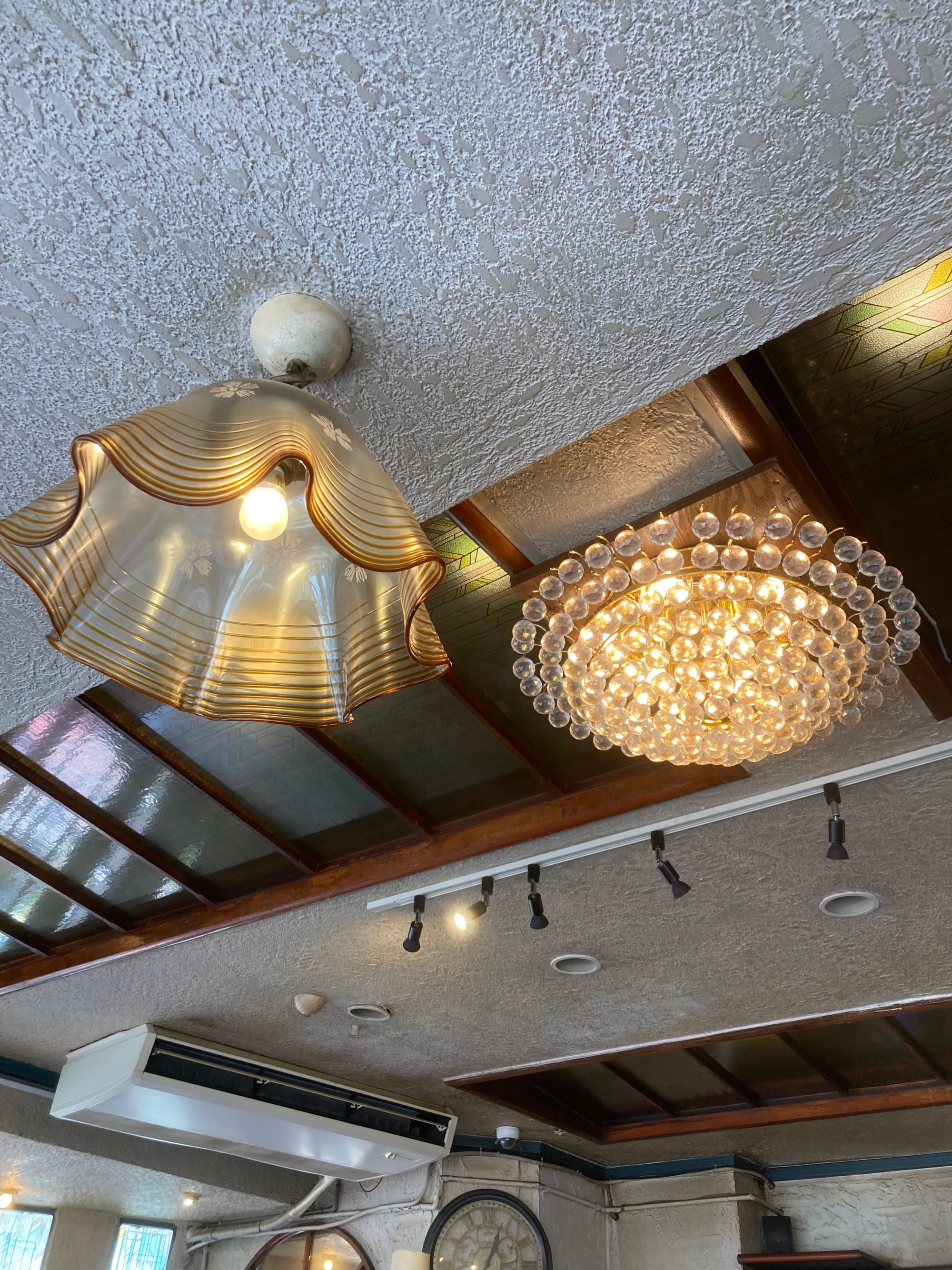
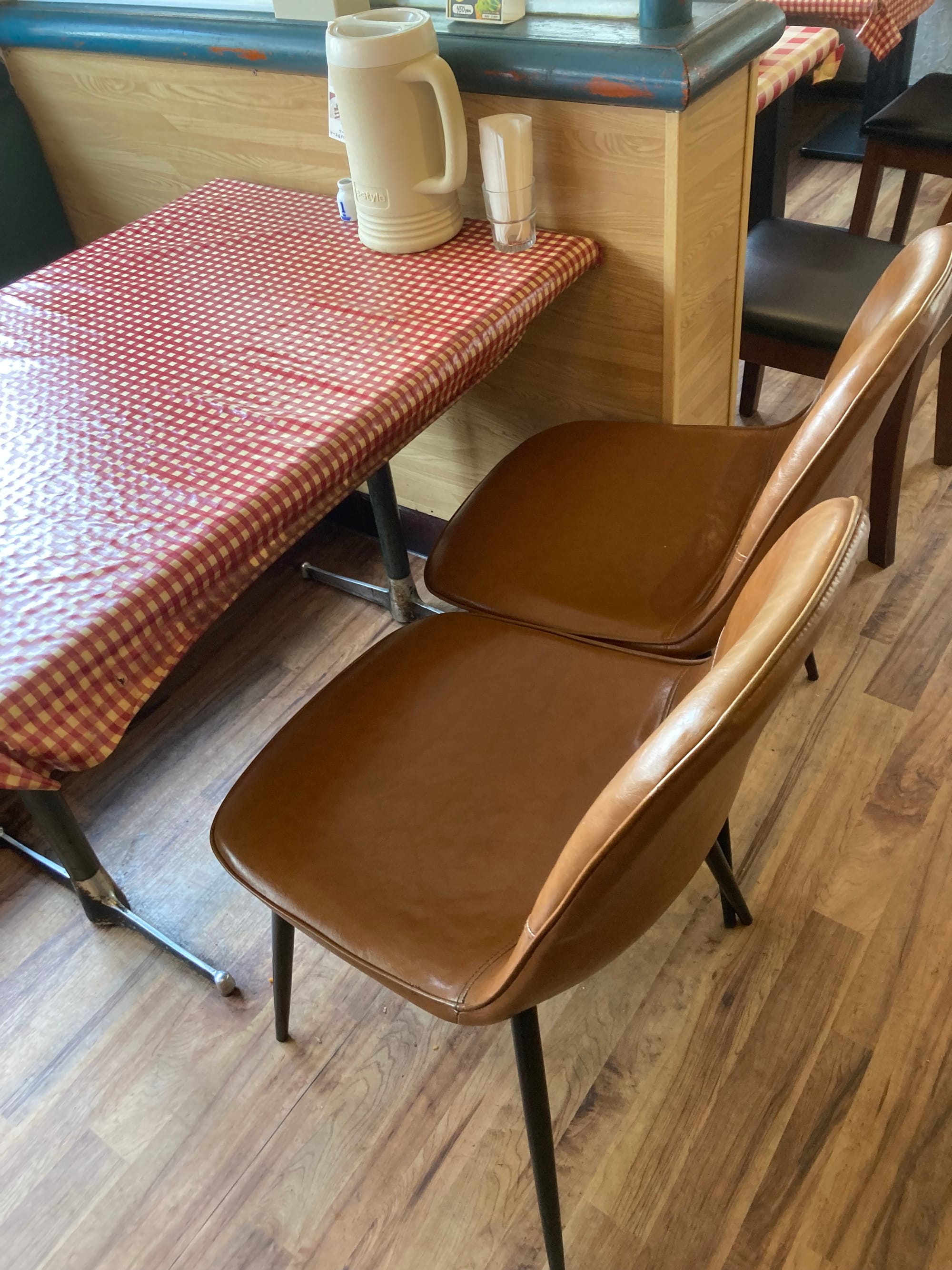
©Wendy Gan 2025
Omu-rice, in particular, has now become a Japanese standard. You can find on social media photos and clips of the fluffiest omelettes dramatically placed onto a mound of rice. Eating omu rice at The Frying Pan, however, brings you back in time. The version here is more old-fashioned, with the omelette, as thin as a crepe, looking very homemade. The rice is pleasantly flavoured with bits of sausage, mushroom, and dried parsley. At some point in the past, this joint must have been the epitome of Western chic. Its glory has faded a little, but it has that bit of colour and character that age imparts. To eat in a place that holds some history within its walls is a privilege these days. It anchors us to a past, reminding us that we belong to a community, a long line of diners who have sought novelty and deliciousness, and have found these in The Frying Pan.




